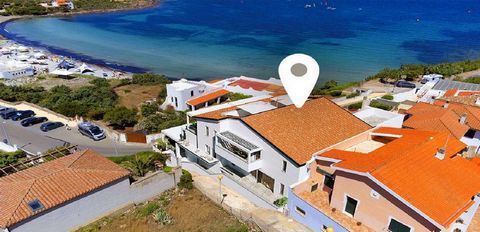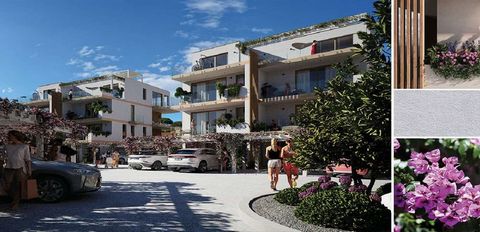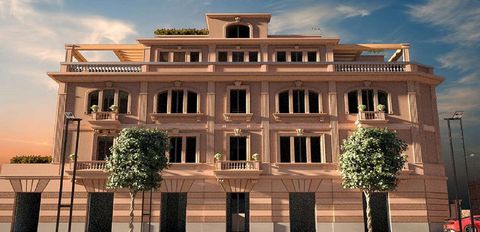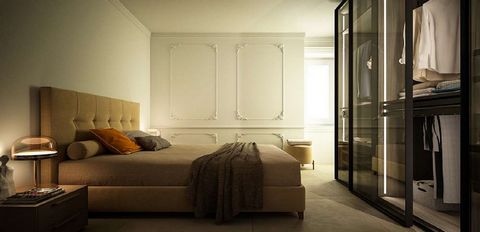3-bedroom Apartment Ariosto on the third floor in a historical center of Cagliari.
Apartment on the second floor in an exclusive ancient residence of 1930 – Palazzo Gaudina, an antique aristocratic palace, which This apartment consist of 2 bedrooms, 2 bathrooms, living room with a kitchen, study, terraces with double-aspect and parking slot. The interior design is classic and elegant, enriched by adding a modern materials to highlight its beauty. The furniture can be purchased separately. What really makes this apartment special is the location in one of the most attractive streets of Cagliaris historical center, rich of art, history, monuments and a variety of services and activities. The nearest airport is approx. 10 km away, naval port 1,5 km and beach around 4 km.























